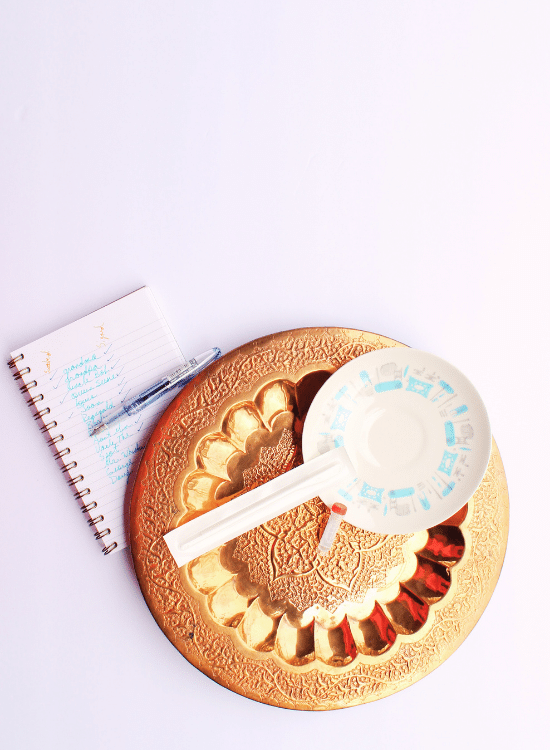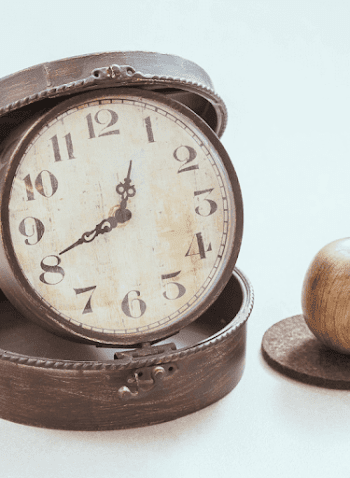Are you trying to make progress using your DNA results but aren't sure what to do? This post is for you.
You can try these tips and suggestions to get more from your DNA results. I started this list as part of my post about contacting AncestryDNA matches. These were suggestions of what to do while you wait for a response. You can try these anytime, though.
Sometimes you aren't waiting on a response from a DNA match, sometimes you're waiting for the right DNA match or maybe you just don't have time (or the know-how) to do something more involved. These are simple but productive suggestions.
This is a good next step as this information is useful pretty much regardless of what else you decide to do.
Not sure which trees to start with?
I have a free program called, The Road to DNA Success that can help you with this. Also see the section below on "Genetic Networks."
There is a cost with transferring to FTDNA (FamilyTreeDNA) and MyHeritageDNA but it's minimal. However, if you've had a number of relatives tested, you may want to ask the family to help fund this or make a plan to spread the uploads out (but still make sure it actually happens).
For AncestryDNA testers. having results at all three locations (for a total of four counting AncestryDNA) will help with the next suggestion which is important given AncestryDNA doesn't provide segment data.
A great place to start is with one of the free/cheap auto-cluster tools. I've written about auto-clustering and genetic networks, here. That post will get you started and has links to various options.
I recommend learning more about this technique/concept by following the links in the instruction pages and related blog posts for whichever tool or technique you decide to try. My post will give you some warnings as you get started but the best thing to do is become familiar with the concept and then the specifics of any tool or technique you actually use.
You can also try my free program, The Road to DNA Success. This doesn't cluster the same way my 4 Buckets Technique does or the way the auto-clustering tools do but it does break your matches up into groups for you to focus on. The program is easier to understand than bucketing or clustering so it's a great option if you don't have the time to learn more about auto-clustering right now.
This and emailing matches is something you need to periodically do. Sadly, I don't have an easy suggestion for you. Organizing DNA information can be complex (and it can't be too simple, that just doesn't help). There isn't a one-size-fits-all solution because some people like using one type of tool and others like another.
Personally, I love using Excel for DNA. Google Sheets doesn't even cut it. There are some database tools but I've found the upkeep on them too hard and I just end up back with Excel.
If you hate spreadsheets or can't get them to work for you, you need to find a solution that will work for you. If you have to use paper and notebooks, do it.
It just has to work for you.
Most likely you can't spend all your time working with DNA (I think that sounds like fun but my family keeps wanting to eat, you might not think that sounds like fun, though).
DNA very easily pulls you in a million directions. Now that you have started working on an organizing structure, learn to use one tool that can help you with DNA. Make sure you keep notes in your organizing system.
There are lots of tools to choose from including:
More advanced tools include:
You don't need to use every tool out there, just the ones that will help you with your goals. You can make an education plan if you see the need for multiple tools. You can also focus on just one thing. That is very reasonable for the level of free time most test takers have.
Don't forget...
You can try these tips and suggestions to get more from your DNA results. I started this list as part of my post about contacting AncestryDNA matches. These were suggestions of what to do while you wait for a response. You can try these anytime, though.
Sometimes you aren't waiting on a response from a DNA match, sometimes you're waiting for the right DNA match or maybe you just don't have time (or the know-how) to do something more involved. These are simple but productive suggestions.
What Can You Do While You Wait for DNA Matches to Respond?
Build DNA Trees
- Try and create or flesh out trees for everyone in a group of shared matches you are interested in.
This is a good next step as this information is useful pretty much regardless of what else you decide to do.
Not sure which trees to start with?
I have a free program called, The Road to DNA Success that can help you with this. Also see the section below on "Genetic Networks."
Get More From Your DNA Results
- Upload your AncestryDNA results to GEDmatch, FTDNA, and MyHeritageDNA
- For other companies, upload to GEDmatch and any other options such as FTDNA and MyHeritageDNA, not every site can take "transfers" from every company. You'll need to figure this out for your testing company.
There is a cost with transferring to FTDNA (FamilyTreeDNA) and MyHeritageDNA but it's minimal. However, if you've had a number of relatives tested, you may want to ask the family to help fund this or make a plan to spread the uploads out (but still make sure it actually happens).
For AncestryDNA testers. having results at all three locations (for a total of four counting AncestryDNA) will help with the next suggestion which is important given AncestryDNA doesn't provide segment data.
Genetic Networks
- Use genetic networks to try and refine the shared match group, especially for AncestryDNA tests.
A great place to start is with one of the free/cheap auto-cluster tools. I've written about auto-clustering and genetic networks, here. That post will get you started and has links to various options.
I recommend learning more about this technique/concept by following the links in the instruction pages and related blog posts for whichever tool or technique you decide to try. My post will give you some warnings as you get started but the best thing to do is become familiar with the concept and then the specifics of any tool or technique you actually use.
You can also try my free program, The Road to DNA Success. This doesn't cluster the same way my 4 Buckets Technique does or the way the auto-clustering tools do but it does break your matches up into groups for you to focus on. The program is easier to understand than bucketing or clustering so it's a great option if you don't have the time to learn more about auto-clustering right now.
Get Organized
- Improve your organization structure.
This and emailing matches is something you need to periodically do. Sadly, I don't have an easy suggestion for you. Organizing DNA information can be complex (and it can't be too simple, that just doesn't help). There isn't a one-size-fits-all solution because some people like using one type of tool and others like another.
Personally, I love using Excel for DNA. Google Sheets doesn't even cut it. There are some database tools but I've found the upkeep on them too hard and I just end up back with Excel.
If you hate spreadsheets or can't get them to work for you, you need to find a solution that will work for you. If you have to use paper and notebooks, do it.
It just has to work for you.
There are links in the next section.
Choose Wisely
- Pick ONE new tool that appears to help with your primary struggle and learn to use it.
Most likely you can't spend all your time working with DNA (I think that sounds like fun but my family keeps wanting to eat, you might not think that sounds like fun, though).
DNA very easily pulls you in a million directions. Now that you have started working on an organizing structure, learn to use one tool that can help you with DNA. Make sure you keep notes in your organizing system.
When you learn the new tool, several things can happen.
If you are making progress with the tool other things might happen.
- You may not be successful.
If you are making progress with the tool other things might happen.
- You might get side-tracked.
- You might be successful with the tool but discover the results aren't helping you with what you need to make progress.
There are lots of tools to choose from including:
- the auto-clustering tools I've mentioned (see my post as there are some details you should be familiar with before picking a tool),
- DNAPainter,
- the Chrome Extensions for AncestryDNA (MedBetterDNA and DNA Match Labeling are the two I've most recently used but there may be more or different ones when you read this).
More advanced tools include:
- the tools at GEDmatch (treat each tool individually, don't say "I'm going to learn GEDmatch").
- You could learn to use DNAGedcom's ADSA (this is a nice in-between level of learning).
- There are also other tools at DNAGedcom plus their DNAGedcom client which is getting more tools.
- Genome Mate Pro is an all-in-one database/organizing option. It has a steep learning curve, though.
You don't need to use every tool out there, just the ones that will help you with your goals. You can make an education plan if you see the need for multiple tools. You can also focus on just one thing. That is very reasonable for the level of free time most test takers have.
Don't forget...










